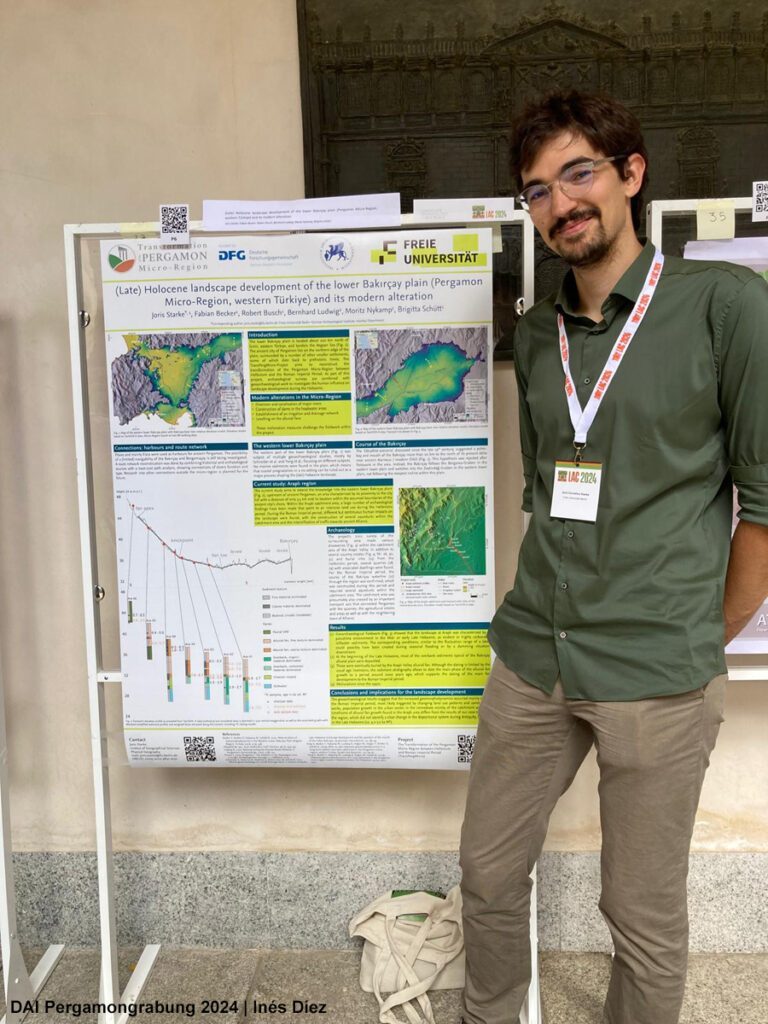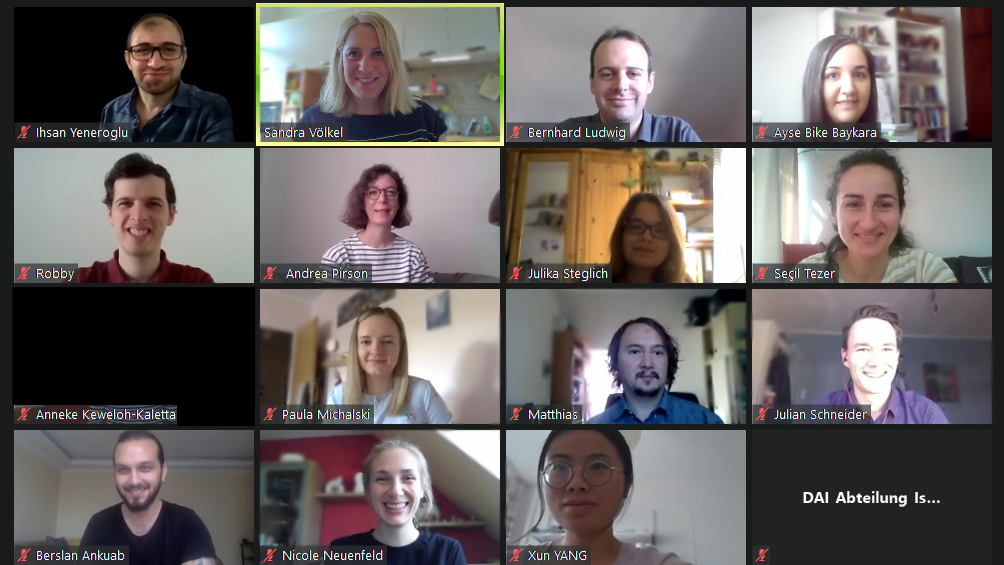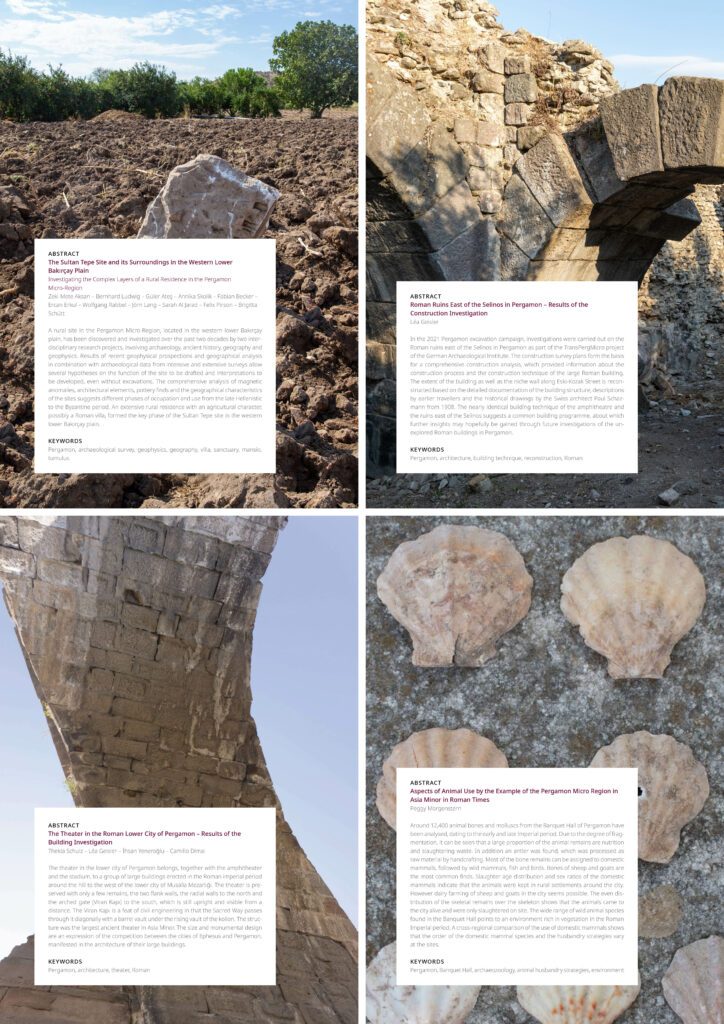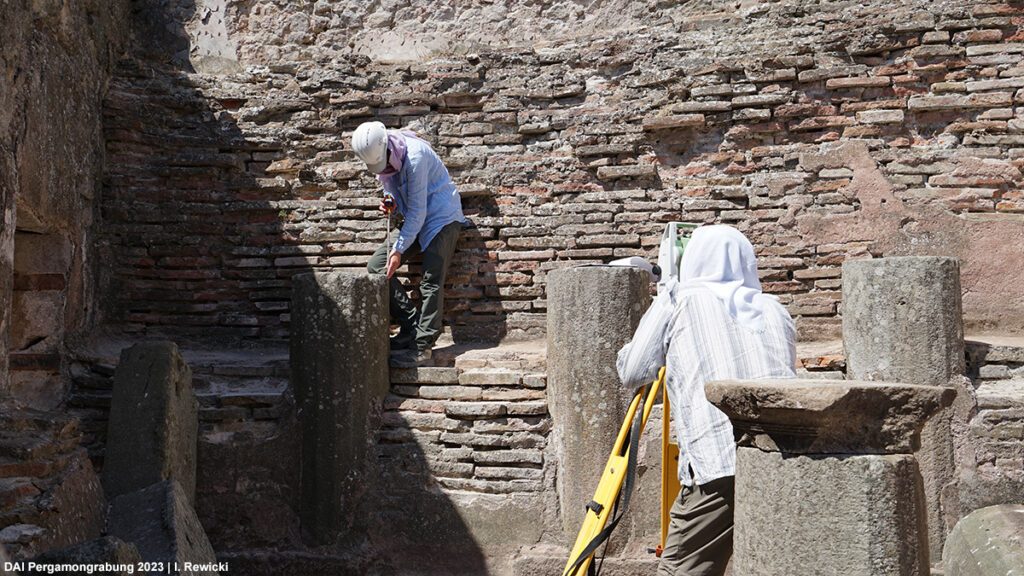by Fabian Becker, Robert Busch, Moritz Nykamp and Joris Starke
This year’s Landscape Archaeology Conference (LAC) featured several contributions presented by the Physical Geography team of TransPergMicro from Freie Universität Berlin. After being postponed several times and held online, the biannual Landscape Archaeology Conference finally took place in person for the first time after the pandemic. The venue was the impressive historic campus of the UNESCO World Heritage Site of Alcalá de Henares, at the eastern edge of the Madrid metropolitan area. It should not go unmentioned that in Roman Imperial times, the city of Complutum was located here, which makes this a great spot to talk about different aspects of transformation in the Pergamon micro-region.
With 32 sessions in total and up to nine parallel sessions, the LAC offered a wide variety of interesting impressions from a broad range of disciplines. From settlement patterns and visibility analysis, resource exploitation and use, and environmental reconstruction to the latest artificial intelligence and machine learning approaches, a vast spectrum of fascinating topics was presented.
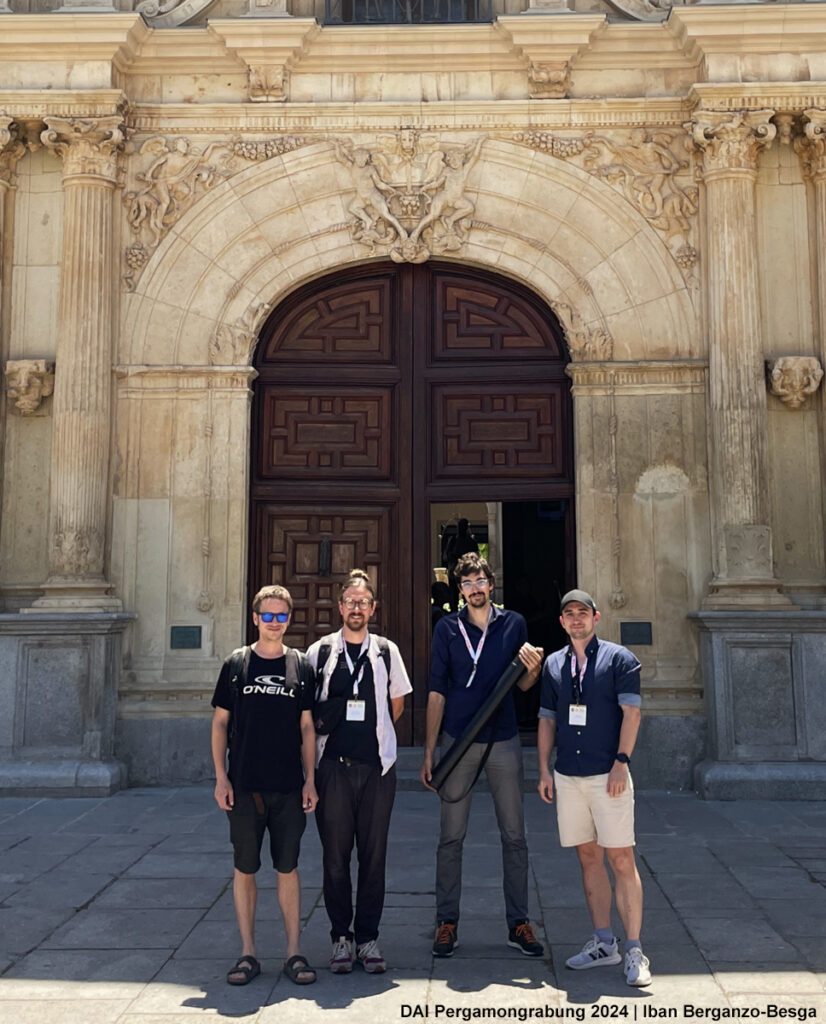
Session 07 – Computational Approaches in Landscape Archaeology: Exploring Human-Environment Dynamics and Settlement Patterns from Prehistory to Recent Times.
Starting with session 07 on the first day, PhD candidate Robert Busch presented his research on the agro-ecological modeling approach for the Pergamon micro-region. In the context of the extensive survey cadaster, which largely covers the western lower Bakırçay plain, it was possible to describe wide-ranging changes in natural resource potential and associated settlement factors at the transition between Hellenism and the Roman Imperial period.
Session 21 – Crisis? Which crisis? New Perspectives on the Crisis of the Late Roman Empire.
Under the heat of Madrid afternoon, Fabian Becker presented in Session 21 the hypothesis of a “post-boom decline” in the 3rd century CE in Pergamon. By integrating evidence from archaeological excavations, data on building activity in the urban area of Pergamon, findings on demographic changes together with the results of agro-ecological modeling and sedimentary archives of the Bergama alluvial fan, a picture of stagnation to recession emerges following the “golden” second century. From our point of view, this aspect well contributed to the diversity of aspects characterizing the crisis of the 3rd century – of those a narrow focus on hydro-climatic reasons was critically debated in the session.
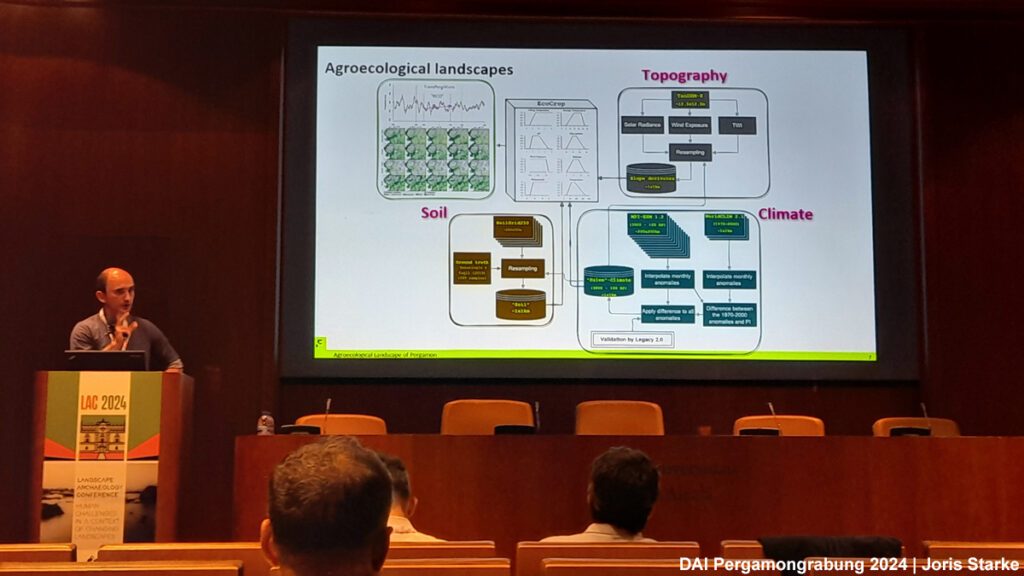
Poster Session
While many visitors enjoyed the partly air-conditioned lecture halls, Joris Starke and Moritz Nykamp (also Freie Universität – DFG-funded Göbekli Tepe project) presented their poster contributions in the courtyard of the Colegio Mayor de San Ildefonso. An integrated view on the Late Pleistocene to Holocene landscape development in the hinterland of prehistoric Göbekli Tepe was presented on Moritz’s poster (poster on ResearchGate). Meanwhile, Joris offered results of his first campaign in Pergamon (PE23) for his doctoral thesis, focusing on the development of the Araplı alluvial fan in the extra urban area of Pergamon (poster on ResearchGate). Here he presented his synthesis of the change from a floodplain environment with presumably seasonally flooded ponds to a plain marked by overbank deposits. Most interestingly, sediments indicating these environments were buried by layers of fine and coarser alluvial fan sediments in a main phase around 2ka BP. Most likely, this transition of depositional environments reflects the increasing human activities in the Araplı catchment during the Roman Imperial period. In the end, Joris’ poster was honored by the Society for Archaeological Sciences (SAS) with the award for the best poster and will soon be published as an extended abstract in the SAS Bulletin. All abstracts from the Landscape Archaeology Conference 2024 are available here.
